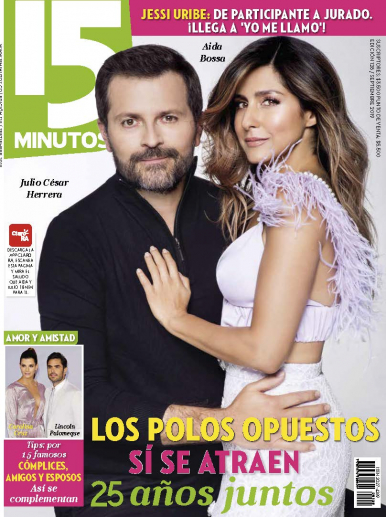Por:
Fabio Andrés Díaz Pabón
|
Fecha:
2014
Abstract:
Reflecting on methodology means thinking about decisions a researcher makes when approaching the subject of study, in terms of questions posed, concepts embraced and choice of methods. There are also epistemological and ontological assumptions underlying the selection of particular methodologies and concepts, though this is less often explicitly considered. Therefore within these considerations, the definition of the unit of analysis and the levels at which the study is conducted, need to be made explicit and to be justified, for quality in research. This chapter discusses these issues taking the example of Colombia, to show how some violent conflicts fall between the cracks of currently dominant methodologies of mathematical modeling and the use of existing econometric datasets, on the one hand, and the ways ethnicity is included in those models and datasets. Ethnic identities have mostly been the focus of studies by anthropologists, often focused on local level struggle sand claims, whereas a national level perspective is still most common in the econometric rational choice approach to conflict studies. The later however use ethnicity as one of its variables. My point is that research results also change when the research focus changes from national to local level.
Resumen:
Reflexionar sobre metodologías y métodos implica reflexionar sobre las decisiones un investigador tiene que tomar cuando se aproxima a un objeto de estudio, su relación con las preguntas que se busca responder, los conceptos que se usan para el análisis y la elección de métodos para esta tarea. Sin embargo no debemos dejar de lado la reflexión sobre aquellos supuestos ontológicos y epistemológicos que son implícitos en la elección de metodologías. Esto es algo que raramente es expuesto y discutido de manera explícita. Considerando esto, la definición de la unidad de análisis y su impacto sobre una investigación es realizada deben ser hechos explícitos y justificados para garantizar la calidad de la investigación. Este capítulo discute estos elementos tomando como caso de análisis el caso de Colombia, para presentar como el argumento de un conflicto étnico puede ganar o perder validez en función de las metodologías usadas y los datos analizados. La identidad y el análisis de grupos étnicos ha sido el foco de análisis de antropólogos, quienes analizan este caso desde una perspectiva local y regional, sin embargo cuando se presentan panoramas más generales (a nivel nacional) el análisis presentado es mucho más homogeneizador. La discrepancia alrededor de la respuesta a la existencia/ausencia de un conflicto étnico en Colombia presenta el ejemplo de como las respuestas a nuestras preguntas de investigación pueden alterarse al cambiar la unidad de análisis y el área de estudio de una investigación.


